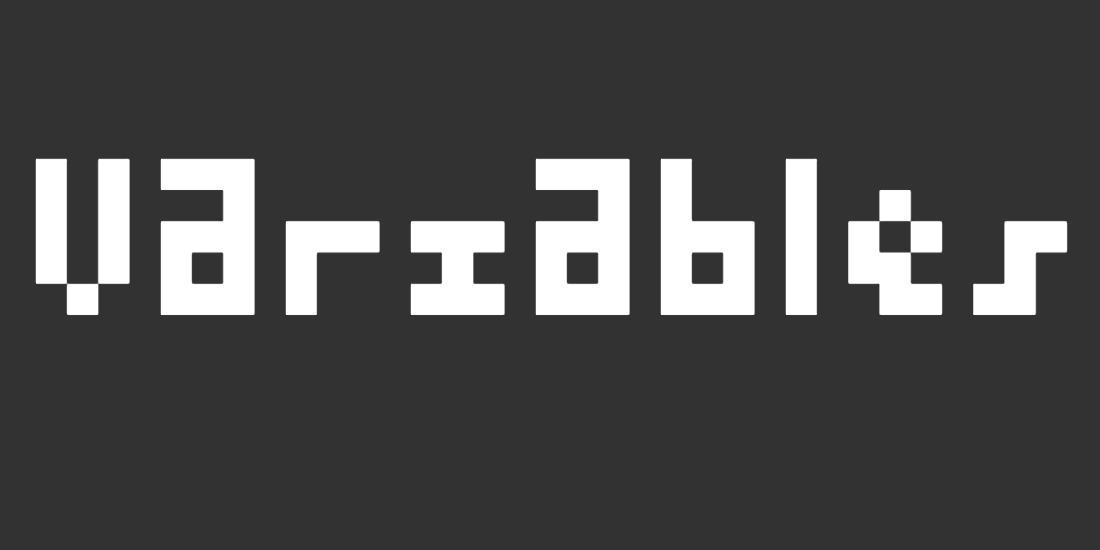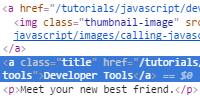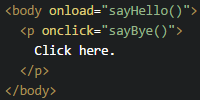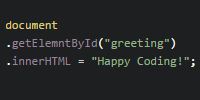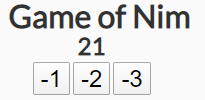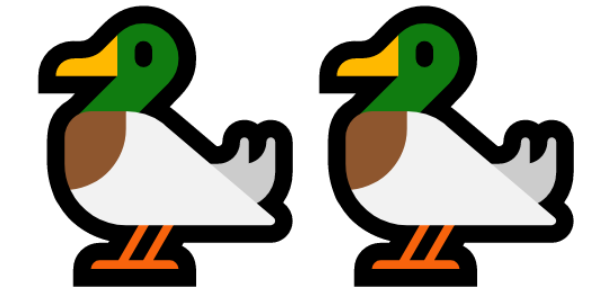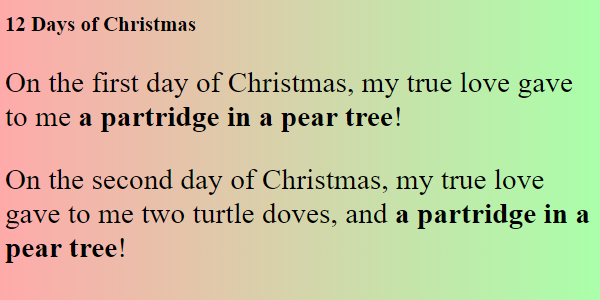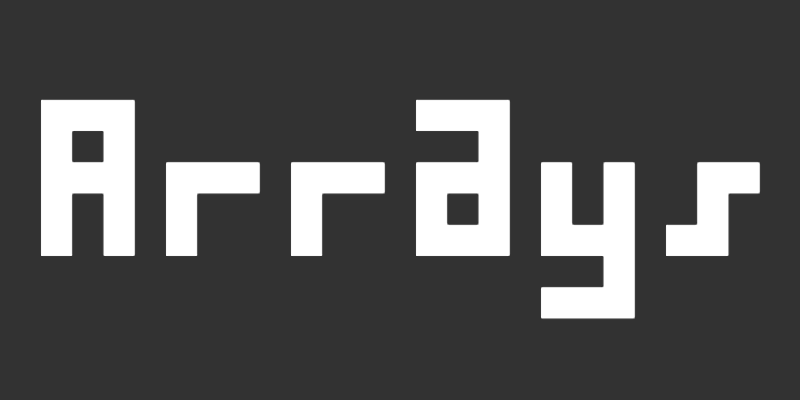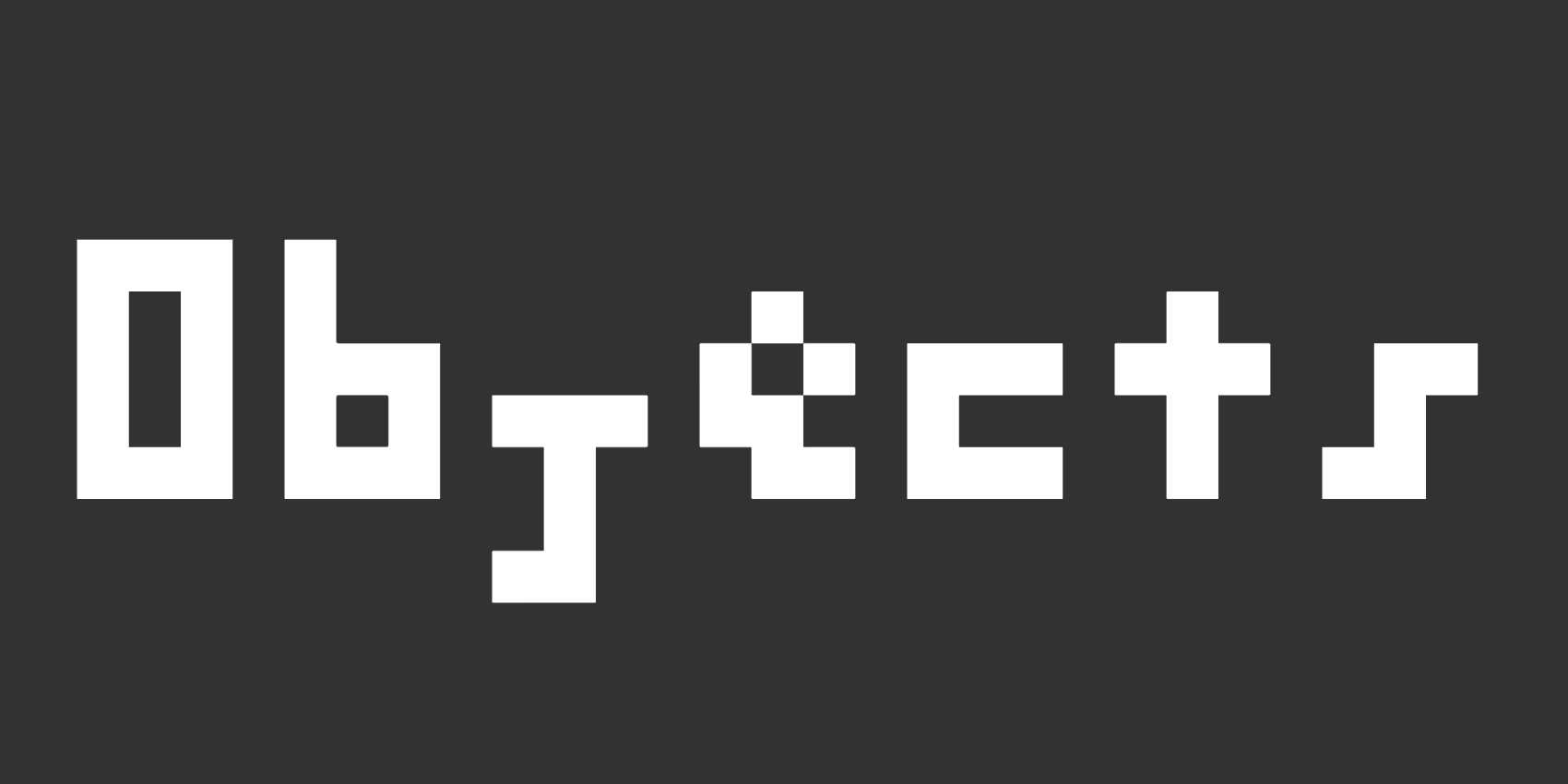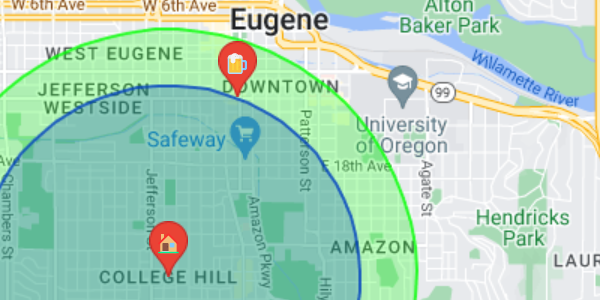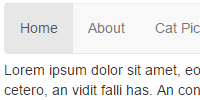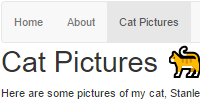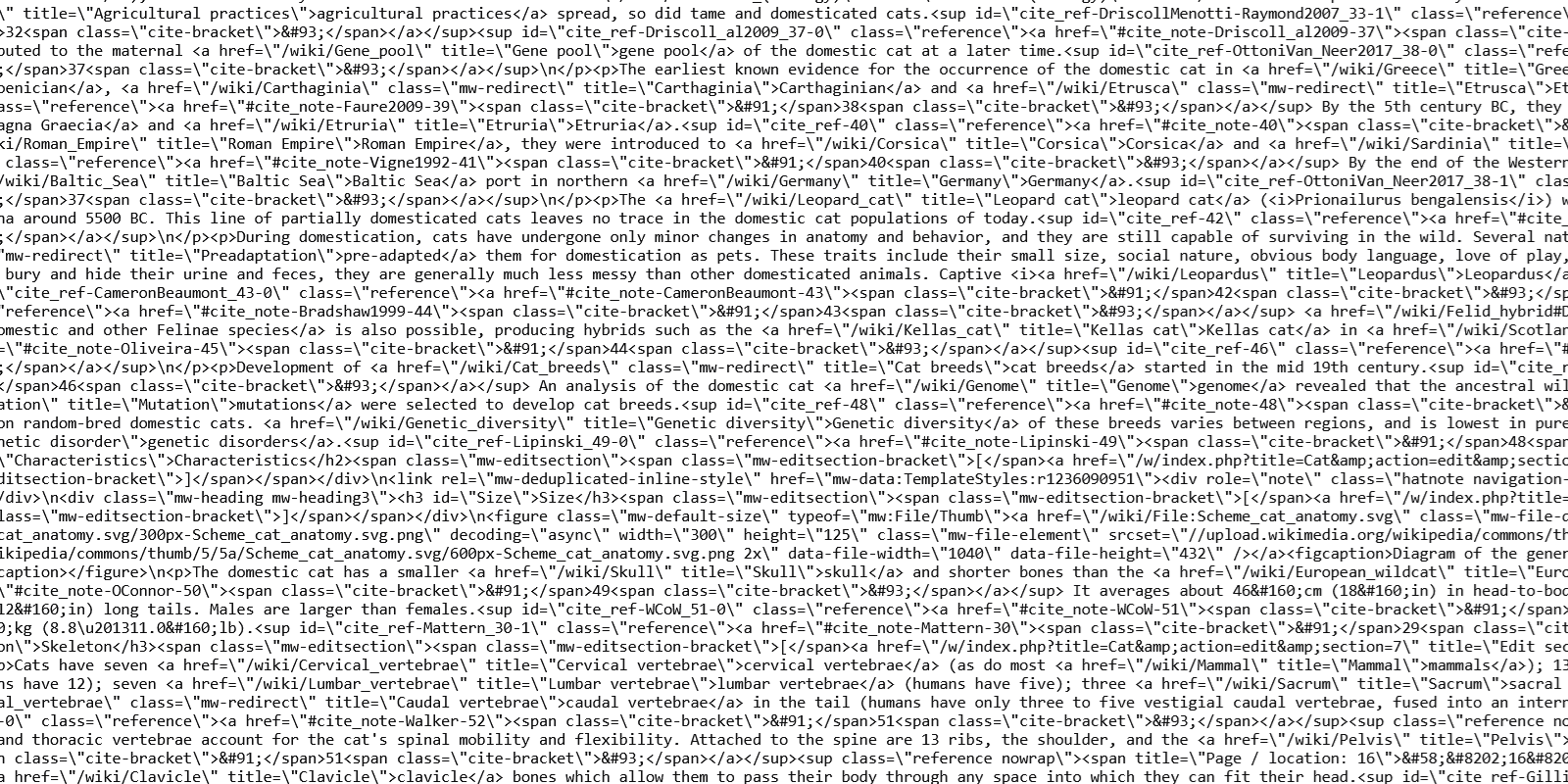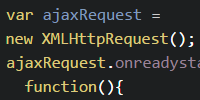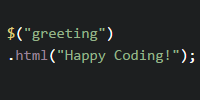React
React
React is a popular JavaScript library that’s very commonly used to make professional, interactive webpages.
React can be hard to learn, because React isn’t a single thing. It’s more like 5 different things:
- A JavaScript library that organizes code into a concept called components
- A JavaScript library that lets you load React components into the DOM
- A JavaScript library that lets you code in a new syntax called JSX
- An environment that makes coding with the above libraries a little easier
- A way of thinking about how your code is organized
This tutorial introduces the first two concepts: using React as a JavaScript library.
Building on the Fundamentals
These tutorials assume you’re already familiar with the fundamentals of JavaScript. That includes control flow statements like if statements and for loops, classes and object-oriented programming, and ES6 features.
If you aren’t familiar with those concepts, that’s okay! I’d recommend working through the p5.js tutorials and JavaScript tutorials first, and then coming back here.
Some tutorials and bootcamps will start you out directly in React. Between you and me, I don’t love this approach. I think it’s better to first learn the fundamentals in vanilla JavaScript, that way you understand what React is doing behind the scenes.
In fact, I think people tend to jump to React way too fast. React is great if your webpage uses a lot of interactive data, and it’s hard to argue with its popularity. But I also see a lot of value in sticking with vanilla HTML and JavaScript if you don’t really need React.
A Brief History
React was created by developers within Facebook in 2011. React was used to (re)build parts of Facebook and Instagram, and then React was released as open-source in 2013.
Although React is open-source, it’s still owned and maintained by Facebook. Since 2013, React has grown to include React Native, which is a similar framework designed for mobile app development.
I won’t rant too much more about the downsides of React, but I’ll admit that it feels a little gross to use a framework with such close ties to Facebook, and whose original developer (from what I can tell) has very different politics than mine. (For the record, I don’t think social media’s biggest problem is that it has too much moderation.)
But I can’t argue with the popularity of React, and learning it does unlock a lot of access to the industry, so here we are. I invite you to reflect on your own ethical feelings here, and I’d love to hear your thoughts.
With all of that said, let’s get into it!
DOM Manipulation
Remember from the interactive HTML tutorial that you can use functions like document.getElementById() to get an HTML element in your JavaScript code, and then you can use variables like innerText to set the content. You can also create HTML elements from your JavaScript, and get values entered by the user.
Here’s an example that uses all of that to create a task list:
See the Pen by Happy Coding (@KevinWorkman) on CodePen.
This code uses JavaScript functions and variables to get, create, and modify HTML elements.
The following React tutorials will rebuild this example using React.
React Library
At its core, React is a JavaScript library designed to make it easier to build a webpage based on data.
To load the JavaScript libraries that make up React, start by including these two lines in your HTML, exactly how you’d include any other JavaScript libraries:
<script src="https://unpkg.com/react@17/umd/react.development.js"></script>
<script src="https://unpkg.com/react-dom@17/umd/react-dom.development.js"></script>
The first line loads react.js, which provides code related to creating components (you’ll learn more about that as you read on), and the second line loads react-dom.js, which provides code related to rendering those components to the DOM.
Now that you have the React libraries loaded, you can use code from those libraries in your own code:
class App extends React.Component {
render() {
let h1Element = React.createElement('h1', {}, 'Hello world!');
return h1Element;
}
}
function load() {
let appElement = React.createElement(App);
let rootElement = document.getElementById('root');
ReactDOM.render(appElement, rootElement);
}
There’s a lot going on here, so let’s walk through it line by line:
- First, the code creates an
Appclass that extendsReact.Component - That class has a
render()function - Inside that
render()function, the code calls theReact.createElement()function and passes it three parameters:'h1'to create anh1tag, an empty object{}because the element will not contain any attributes, and'Hello world!'as the element’s content. Therender()function then returns that element. - The code then defines a
load()function, which will be called when the page loads. - Inside the
load()function,let appElement = React.createElement(App)creates an element out of theAppclass, and stores it in anappElementvariable. let rootElement = document.getElementById('root');gets a reference to an element that’s already in the HTML.- Finally,
ReactDOM.render(appElement, rootElement);tells React to render the app element inside the root element.
Putting it all together, it looks like this:
See the Pen by Happy Coding (@KevinWorkman) on CodePen.
This hello world examples makes sure you’re loading React properly. More tutorials are coming soon that will flesh this out and make it more interesting!
Homework
- Use React to create a “hello world” style homepage.


